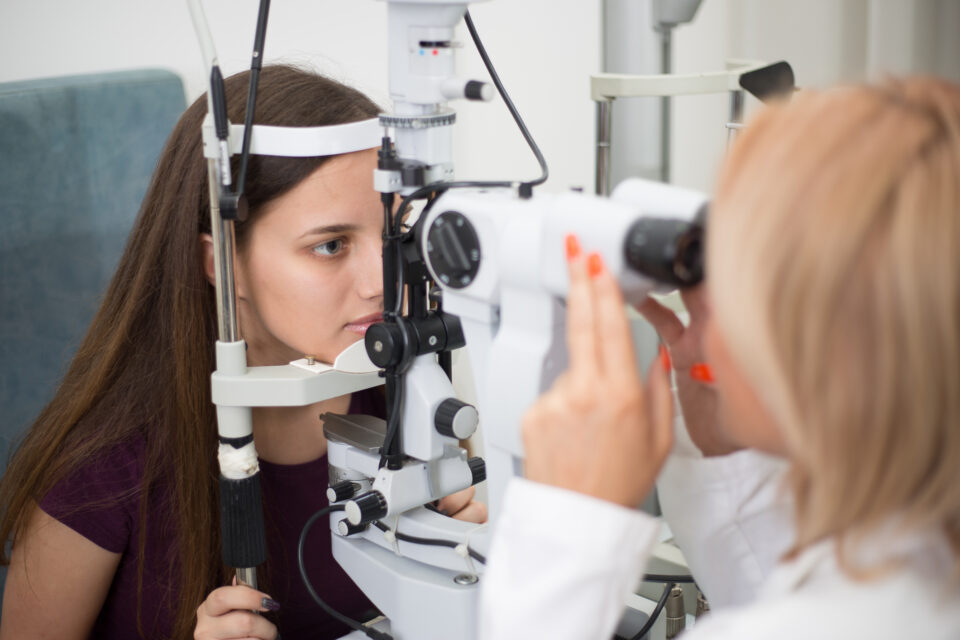In today’s world, cutting-edge vision care is more important than ever before. With the increasing use of digital devices and the constant exposure to screens, our eyes are under constant strain. Optometrist play a crucial role in providing comprehensive eye exams that go beyond just checking for refractive errors. Their toolbox includes advanced diagnostic technologies and techniques that allow them to detect early signs of eye diseases and conditions. This enables them to deliver effective eye care and ensure optimal eye health for their patients.
Table of Contents
Advanced Diagnostic Equipment
Optometrist are equipped with advanced diagnostic equipment such as optical coherence tomography (OCT) and retinal imaging to obtain detailed images of the eye’s internal structures. These tools help them identify any abnormalities or potential issues, such as macular degeneration or glaucoma, that may not be apparent during a regular eye exam. By utilizing this state-of-the-art equipment, optometrists can provide accurate diagnoses and develop personalized treatment plans for their patients.
Innovative Techniques for Eye Exam
In addition to advanced equipment, optometrist are also utilizing innovative techniques for eye exam. For example, some optometrists are now using telemedicine to conduct remote eye exams, allowing patients to receive comprehensive eye care from the comfort of their own homes. This technology enables optometrists to monitor and manage chronic eye conditions, such as diabetic retinopathy, through virtual consultations and remote monitoring of patients’ eye health. These innovative techniques not only improve access to eye care but also enhance the overall quality and efficiency of the examination process.
Cutting-Edge Contact Lens Options
One of the cutting-edge contact lens options available today is the development of smart contact lenses. These lenses are embedded with microelectronics and sensors that can monitor various aspects of eye health, such as intraocular pressure and glucose levels in tears. This technology not only provides valuable real-time data to both patients and optometrists but also has the potential to revolutionize the diagnosis and management of conditions like glaucoma and diabetes. With these advanced contact lens options, patients can experience enhanced comfort and convenience while receiving personalized eye care.
Conclusion
The tools and techniques used by optometrists have revolutionized vision care. With the advancements in technology, optometrists can now detect and diagnose eye conditions at their earliest stages, allowing for timely intervention and treatment. Furthermore, regular visits to an optometrist not only help maintain optimal eye health but also serve as a preventative measure against potentially debilitating eye conditions. By utilizing their toolbox of innovative techniques, optometrists play a crucial role in preserving the vision of their patients for years to come.
Read More:https://ezineblog.org/

